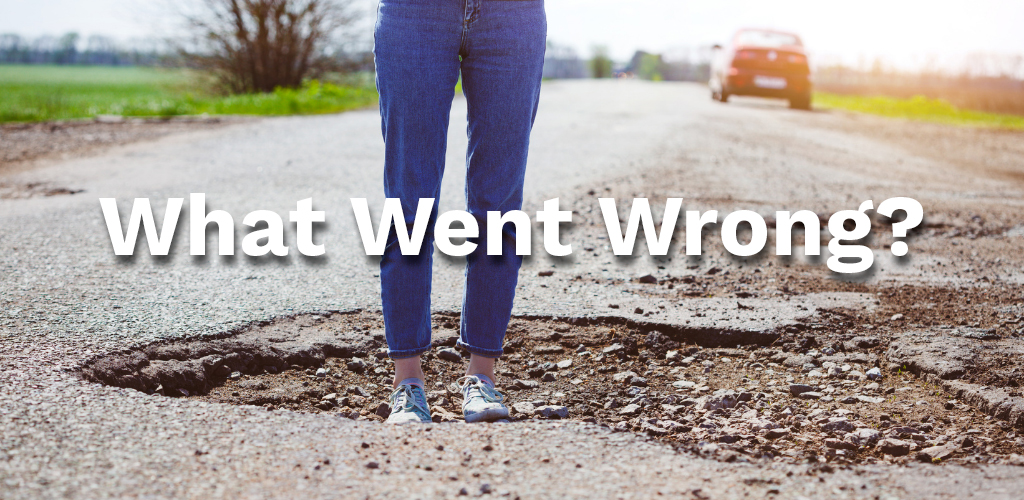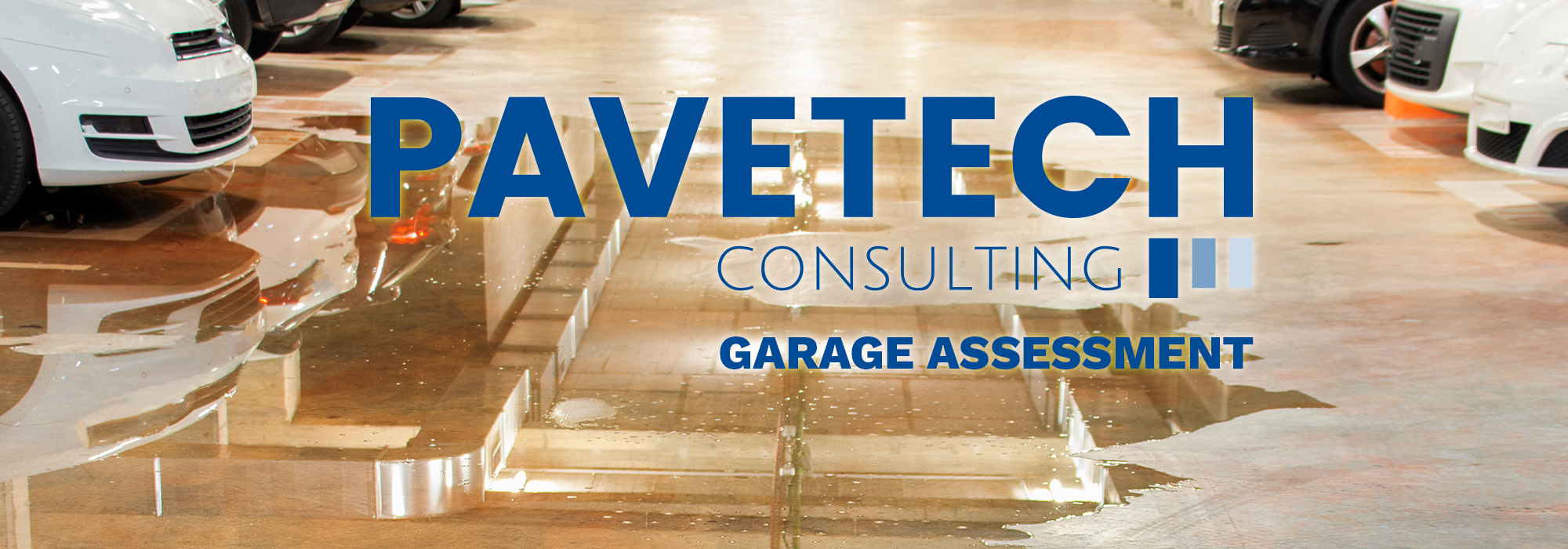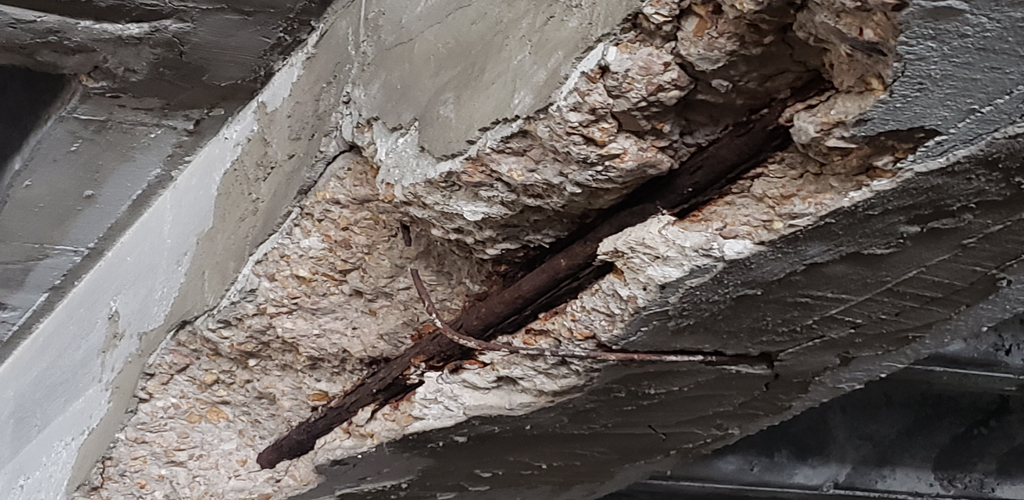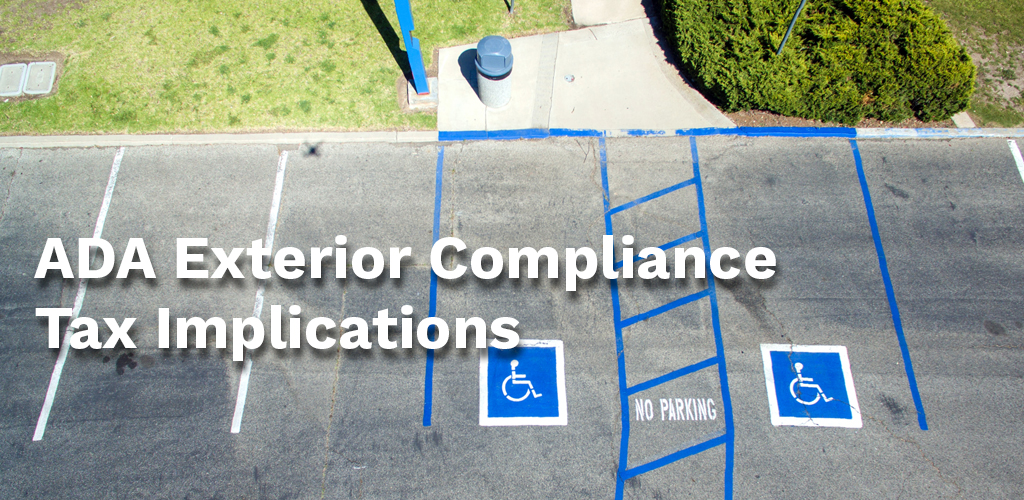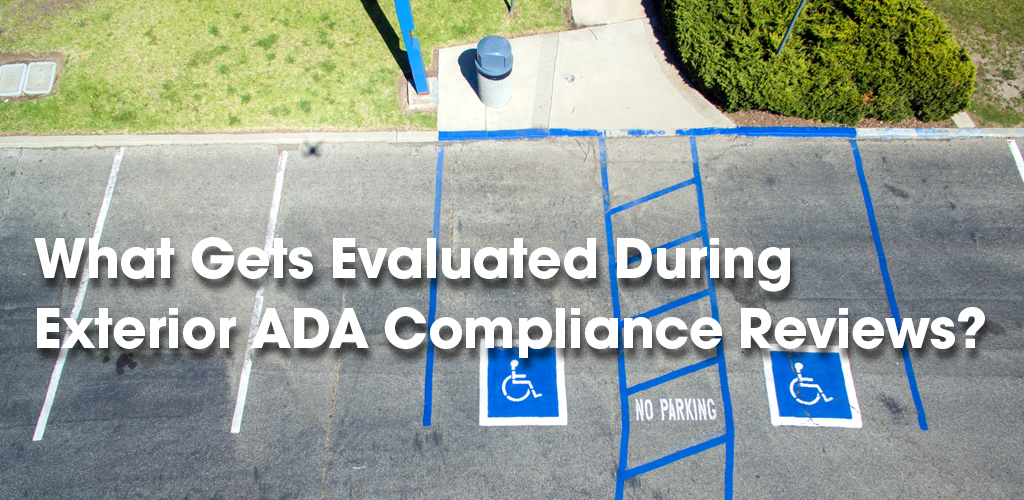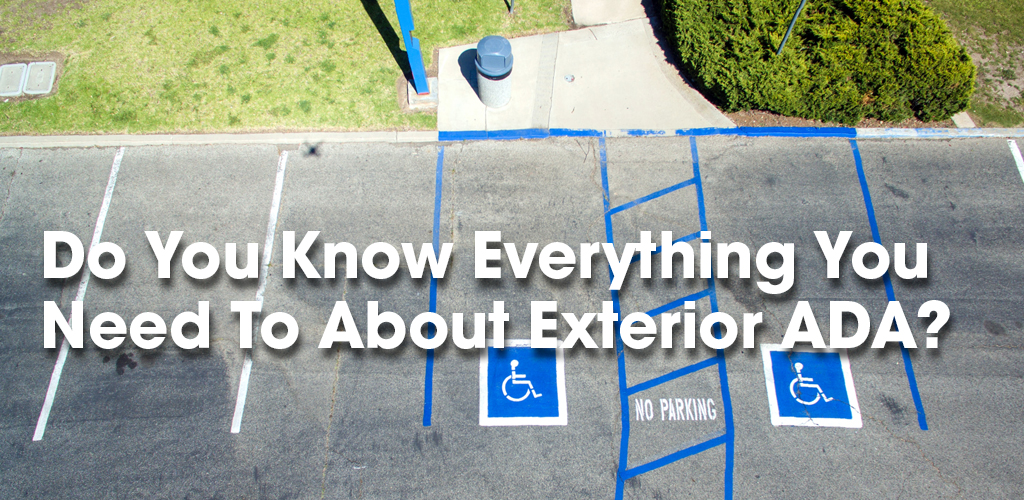Owners are looking for our guidance to ensure the investments they make in their properties are sound.
In many instances we will be called into more of a “remedial” situation. Meaning, a project was completed years ago without our involvement at all, and now aspects of the project are failing before anticipated. When this occurs, owners need to fix the problem, and want to be confident it’s something they won’t necessarily have to deal with prematurely again. With this in mind, we wanted to share a story about this type of scenario, what mistakes were made the first time around and how the Pavetech team helped set a path forward.
A client contacted our team regarding an 8-year-old facility experiencing premature failure. The failure was most prominent through the drive lanes and had been first noticed roughly 18 months prior. Obviously, the client didn’t expect the pavement to begin failing after just 6 ½ years of service. Our task was to investigate why the pavement in the lanes began failing, and then develop a solution to the problem.
During our initial evaluation we identified that the parking lot appeared to be well designed and installed. We identified some minor drainage issues which equated to localized subgrade erosion but not near the areas of failure. The sidewalks and curbs were in relatively good condition throughout the site. The drive lanes were the only real issue at the time of evaluation. During interviews with the client, we confirmed that the parking lot had recently experienced a change in use and traffic. The lot had transitioned into a bus pickup point for commuters, traveling through the main drive lane countless times a day. This change in use also closely correlated to when the original failure began coming apparent, approx. 18 months prior. Based on this information we determined the pavement structure in the drive lanes were not originally designed for the load the pavement was now experiencing.
So, what was the solution?
The only way forward was a complete reconstruction of the drive lanes along with geotechnical testing to determine the proper subgrade structure. Once fully understood, our team made recommendations on the reconstruction keeping in mind the maximum load the surfaces would experience daily. By following our recommendations and based on its level of use in the foreseeable future, the facility was able to add 15 more years of serviceable life to its structure.
This tends to be an issue that facility owners run into regularly. Often, a building is repurposed and the way the parking lot is utilized changes. Many overlook this change, but regularly, it will lead to premature failure. And instead of throwing money at it haphazardly to “patch” the problem, it is important to use a consultant to fully understand the issue and make an educated decision about the best approach to repair.

